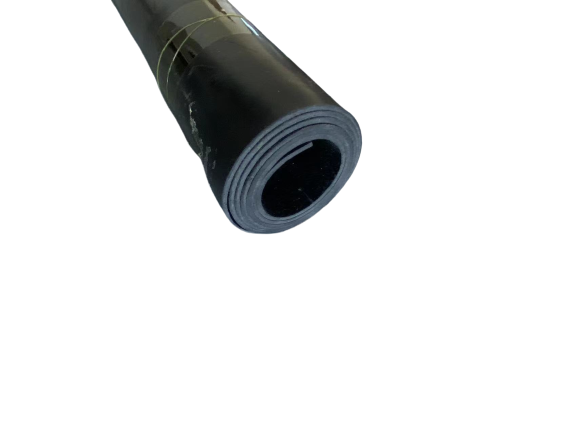Oct . 18, 2024 09:38 Back to list
Effective Weather Stripping Solutions for Your Door Frame to Improve Energy Efficiency
Weather Stripping Around Door Frames Essential Tips for Home Comfort
Weather stripping is an often overlooked yet crucial aspect of home maintenance. Around door frames, it serves as a barrier against the elements, helping to keep your home comfortable and energy-efficient. This article will shed light on the importance of weather stripping, types available, and how to effectively install and maintain it.
Understanding Weather Stripping
Weather stripping is a material designed to seal gaps and joints in your home, particularly around windows and doors. When properly installed, it prevents air leaks that can lead to drafts in winter and excessive heat in summer, ultimately resulting in higher energy bills. In fact, studies estimate that up to 30% of a home's heating and cooling energy can be wasted due to air leaks. Investing in weather stripping can significantly reduce this loss, making it essential for maintaining a comfortable living environment.
Types of Weather Stripping Materials
There are several types of weather stripping materials available, each with its unique advantages
1. V-Seal Stripping (V-Strip) This flexible, plastic or metal strip is folded and can be applied to the edges of doors or windows. It is particularly effective for sealing gaps along vertical surfaces.
2. Adhesive Foam Tape This is one of the easiest materials to install. Simply cut it to size and adhere it along the door frame. It's available in various thicknesses to accommodate different gaps.
3. Door Sweeps These are attached to the bottom of doors to seal the gap between the door and the floor. They can be made of rubber, vinyl, or even metal, and they efficiently block drafts, dust, and pests.
4. Rubber or Vinyl Weather Stripping Commonly found at home improvement stores, these strips are durable and can be applied to various surfaces. They are most effective for sealing larger gaps.
5. Metal Weather Stripping Made of aluminum or other metals, this type is incredibly durable and is often used in commercial settings but can be effective in residential properties for long-lasting results.
Installation Process
weather stripping around door frame

Installing weather stripping is a straightforward process and can be done by most homeowners with a few basic tools. Here’s a step-by-step guide
1. Assess the Gaps First, close your door and check for gaps by running your hand around the edges. You may also use a flashlight from outside to see if light is seeping through—indicative of air leaks.
2. Choose the Right Material Based on the size of the gaps and your budget, select the appropriate weather stripping material.
3. Prepare the Surface Clean the area around the door frame to ensure proper adhesion. Remove any old weather stripping materials and wipe the surface with a damp cloth.
4. Measure and Cut Measure the necessary length and cut the weather stripping material accordingly. Ensure you cut it straight for a snug fit.
5. Install Peeling off the backing (if applicable) and press the tape firmly into place. For V-strips and metal weather stripping, you may need to use nails or screws to secure them.
6. Test After installation, close your door to check for any remaining drafts. If necessary, make adjustments or add more weather stripping to ensure a proper seal.
Maintenance Tips
Once installed, weather stripping can last for several years, but it is essential to maintain it. Periodically check for wear and tear, especially in high-traffic areas. If you notice any deterioration, replace the weather stripping immediately to ensure continued energy savings and comfort.
Conclusion
Weather stripping around door frames is a simple yet effective way to enhance your home’s energy efficiency and comfort. By understanding the importance of proper sealing and selecting the right materials, homeowners can protect their living spaces from the harsh elements and reduce energy costs. Take the time to assess and upgrade your home’s weather stripping, and enjoy the benefits of a more comfortable and energy-efficient environment.




